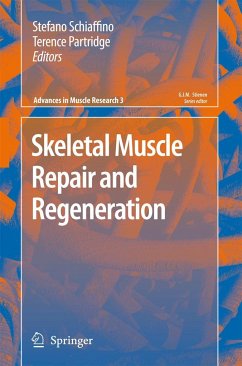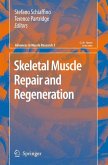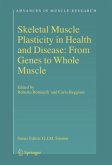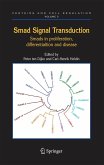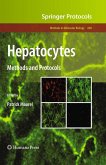Skeletal muscle is the most abundant tissue of our body. Apart from its essential role in locomotion, it is also the body's main store of carbohydrate and protein as well as being one of the principal generators of heat. Its proper maintenance and function are, therefore, essential. A severe acute loss of muscle function is potentially lethal and the debilitating effects of chronic decline in mobility are commonplace experience, so repair and maintenance of the tissue must by both rapid and effective. Since the middle of the last century we have progressively built up a comprehensive descriptive model of the allied mechanisms that maintain our muscles at a size and strength appropriate to the functional demands upon them and that rapidly repair damaged muscles. This volume is an assemblage of the collective experience from the pick of major research groups investigating these aspects of muscle cell biology. The topics range from correlation of changes in pattern of gene expression with the histological sequence during a regenerative episode to the distinctive insult-specific patterns of structural and functional outcome at the other end of the spectrum. The middle ground - who is doing what in this complex process - constitutes the meat of this sandwich.
From the reviews:
"The book provides a broad discussion of skeletal muscle regeneration including historical aspects, animal models, stem cells, and reinnervation. The audience includes researchers and clinicians who work in the field of myopathy and neuropathy. ... The book is well written and comprehensive, the illustrations are adequate, and the references are up to date and complete. This multiauthored book on skeletal muscle regeneration is a good addition to the literature on this topic."(Mark Gonzalez, Doody's Review Service, November, 2008)
"The book provides a broad discussion of skeletal muscle regeneration including historical aspects, animal models, stem cells, and reinnervation. The audience includes researchers and clinicians who work in the field of myopathy and neuropathy. ... The book is well written and comprehensive, the illustrations are adequate, and the references are up to date and complete. This multiauthored book on skeletal muscle regeneration is a good addition to the literature on this topic."(Mark Gonzalez, Doody's Review Service, November, 2008)

